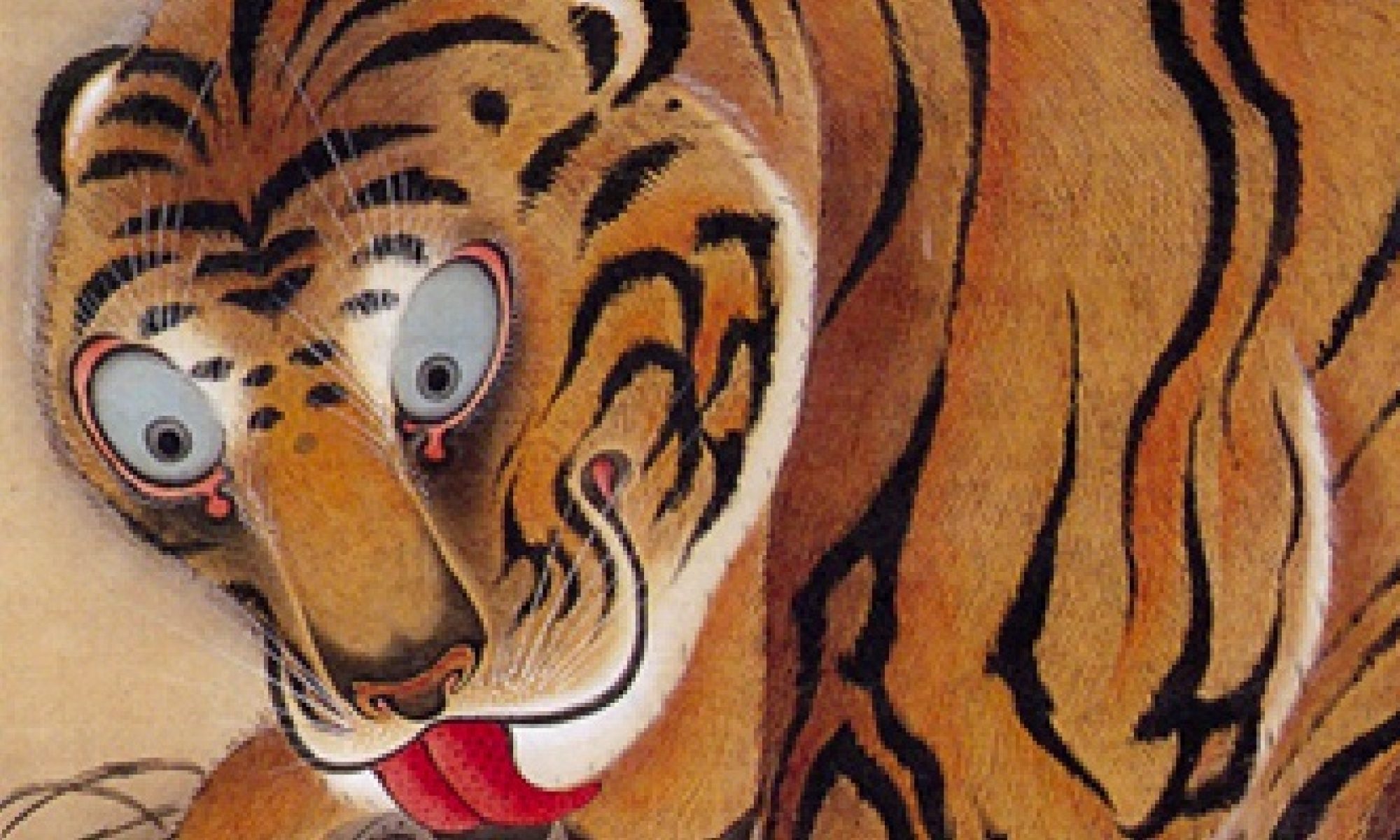
High ISO gives you the ability to shoot at faster speeds, but opens up the possibility of getting more noise (or graininess) in your fotos. Some cameras have the ability to set ISO really high, but going over 3200 isn’t recommended. Low ISO corresponds to slower shutter speeds but also provides for very crisp pictures, so use a low ISO of 200 or so when plenty of light is available.
Aperture (f-stop) is another light related setting. It determines how open your lens is and therefor, how much light it lets in. Using a lower f-stop like 1.2, opens the camera’s eye wider and enables it to bring in more light to the image being captured.
The last important setting for low-light conditions is shutter speed – how fast your picture will be shot. But remember, your choice of shutter speed selections will be largely determined by the ISO and aperture you choose.
Fenchel & Janisch videographers share great tips for low-light shooting in their DSLR Tutorial Series. Recap:
- To avoid noise, don’t go over 1600 ISO.
- Keep shutter speed between 1/30 & 1/50 sec to avoid light flickering.
- Keep aperture setting between f1.2-f5.6
- Take contrast all the way down.
Check out Tom’s Guide for a bird’s eye view of the Nikon D3300 settings, how and when to use them.
Image Maven gives specific tips on choosing the right ISO setting for your lighting conditions.
StackExchange discussion on what aperture is and what different f stops are good for.
For people shots at a night gathering, I would personally recommend investing in a good external flash, and maybe a unipod.
